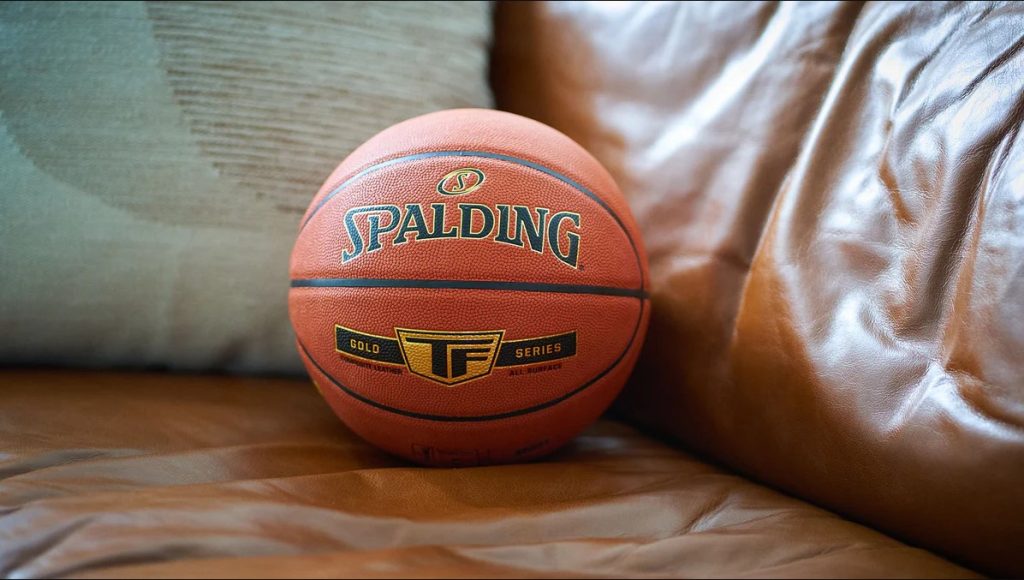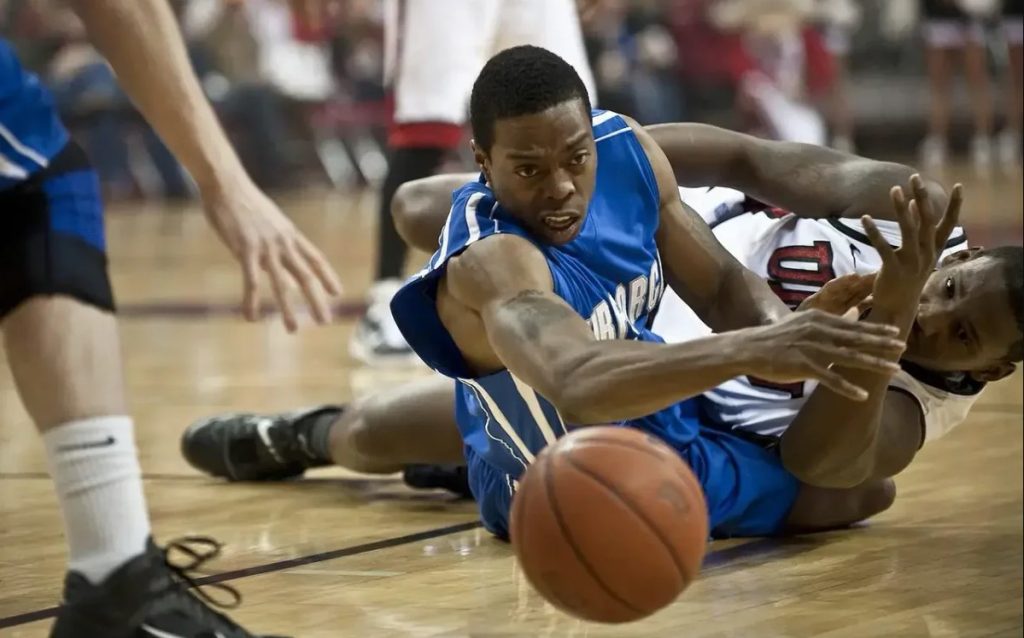Vertical jumping is one of the most important athletic skills in basketball. Whether it’s for rebounding, blocking shots, or finishing strong with a dunk, a higher leap can give you a serious edge over your opponents. While some players are naturally gifted with explosive jumping ability, others must train hard to develop it. The good news? With the right techniques, workouts, and recovery habits, almost anyone can significantly increase their vertical leap.

Table of Contents
Why Jumping Matters in Basketball
Basketball is played vertically as much as it is horizontally. From tip-off to the final buzzer, your vertical leap influences both your offensive and defensive impact.
| Skill Area | How Jumping Helps |
|---|---|
| Rebounding | Out-jump opponents for possession |
| Shot-blocking | Reach higher to alter or reject shots |
| Dunking | Elevate above defenders for flashy finishes |
| Layups/Floaters | Beat shot blockers with higher release points |
| Defense | Contest perimeter shots more effectively |
Understanding Vertical Jump Types
Before improving your jump, you must know which type of jump you’re training for. There are two main types in basketball:
| Type | Description | Example Use Case |
|---|---|---|
| Standing Vertical Jump | Jump from a stationary position | Jump ball, rebounding |
| Approach Jump | Jump after a running start (1–3 steps) | Dunks, layups, chase-down blocks |
Basketball players often rely more on approach jumps, but both should be trained for balanced explosiveness.
Best Exercises to Improve Your Vertical Jump
Developing a higher vertical requires building explosive power, core stability, and leg strength.
Recommended Exercises for Jump Training

| Exercise | Muscle Focus | Benefit |
|---|---|---|
| Squats (Back/Front) | Quads, Glutes | Builds foundational leg strength |
| Deadlifts | Hamstrings, Back | Improves posterior chain power |
| Box Jumps | Full lower body | Enhances explosive movement |
| Depth Jumps | Calves, Quads | Teaches reactive jumping |
| Bulgarian Split Squats | Quads, Glutes | Single-leg power and stability |
| Calf Raises | Calves | Improves takeoff speed |
| Jump Rope | Full body | Builds rhythm, endurance |
Tip: Use progressive overload—gradually increase weight or jump height over time.
Jump Mechanics: Technique Matters
Jumping higher isn’t just about power—it’s also about form. The difference between a decent jumper and an elite leaper often comes down to mechanics.
Key Components of Proper Jump Technique:
| Element | Description |
|---|---|
| Knee & Hip Bend | Optimal loading position (~90° bend) |
| Arm Swing | Powerful upward motion for added lift |
| Core Engagement | Keeps body aligned during launch |
| Triple Extension | Extension of hips, knees, and ankles during takeoff |
| Timing | Synchronizing arm and leg motion |
Drill: Practice vertical jumps in front of a mirror or record yourself. Look for straight posture, full leg extension, and controlled landings.
Weekly Training Plan Example
Here’s a sample 7-day jump training plan for intermediate players.
| Day | Focus Area | Key Activity |
|---|---|---|
| Monday | Strength | Squats, Deadlifts, Core Work |
| Tuesday | Plyometrics | Box Jumps, Jump Rope, Sprint Intervals |
| Wednesday | Recovery/Mobility | Foam Rolling, Dynamic Stretching |
| Thursday | Explosiveness + Balance | Depth Jumps, Bulgarian Split Squats |
| Friday | Agility + Jump Work | Ladder Drills + Approach Jump Practice |
| Saturday | Full-Body Strength | Olympic Lifts (Cleans), Calf Raises |
| Sunday | Active Recovery | Yoga, Light Bike, Walking |
Tip: Keep rest periods short (30–60 sec) during plyometrics for maximum explosiveness.
Nutrition for Vertical Gains

Essential Nutrients:
| Nutrient | Role in Performance | Good Sources |
|---|---|---|
| Protein | Muscle repair and growth | Chicken, fish, eggs, legumes |
| Carbohydrates | Energy for workouts | Brown rice, oats, fruits, potatoes |
| Fats | Hormone production | Avocados, nuts, olive oil |
| Calcium & Vitamin D | Bone health | Dairy, leafy greens, sunlight |
| Creatine (Optional) | Power output support | Supplements, red meat |
Hydration is also key. Dehydration leads to fatigue and reduced explosiveness.
Recovery & Sleep: The Secret Weapon
No matter how hard you train, you won’t jump higher if you’re not recovering properly.
Key Recovery Tips:
- Sleep 7–9 hours per night
- Stretch post-workout to reduce stiffness
- Use foam rollers and massage guns for myofascial release
- Take 1–2 rest days per week to prevent overtraining
| Recovery Tool | Benefit |
|---|---|
| Foam Roller | Releases muscle tension |
| Ice Bath | Reduces inflammation |
| Sleep | Facilitates growth and repair |
| Compression Gear | Aids blood circulation |
Common Mistakes That Limit Jumping Gains
Even motivated athletes make errors that slow their progress. Here are mistakes to avoid:
| Mistake | Why It’s Harmful |
|---|---|
| Skipping Strength Training | Limits foundational power needed for leaping |
| Poor Form on Landings | Increases injury risk and bad habits |
| Inconsistent Workouts | Fails to build momentum |
| Neglecting Flexibility | Reduces jump height and range of motion |
| Overtraining | Causes fatigue and slower gains |
Can Genetics Limit Jumping Ability?
Yes, genetics do play a role. Some players are born with:
- More fast-twitch muscle fibers (better for explosive movements)
- Stronger Achilles tendons
- Higher natural testosterone levels
However, even if you’re not genetically gifted, most athletes can add 6–12 inches to their vertical jump with consistent effort and smart training.
Tracking Your Progress

Use a vertical jump test every 4–6 weeks to measure progress.
| Test Method | Description |
|---|---|
| Vertec Test | Traditional test with swatting tabs |
| Chalk Test | Mark a wall with chalk on your fingers |
| Jump Mat | Measures contact time and height electronically |
Record your standing and approach vertical separately. Set SMART goals (Specific, Measurable, Achievable, Relevant, Time-bound).
Jumping higher in basketball is more than just raw strength—it’s a combination of technique, explosiveness, flexibility, and recovery. Whether you want to dominate on rebounds, throw down dunks, or contest shots at the rim, vertical leap is a skill that you can train and enhance.
Follow a structured plan, stay consistent, eat smart, and jump with intent. With time and discipline, your vertical jump will rise—and so will your game.


